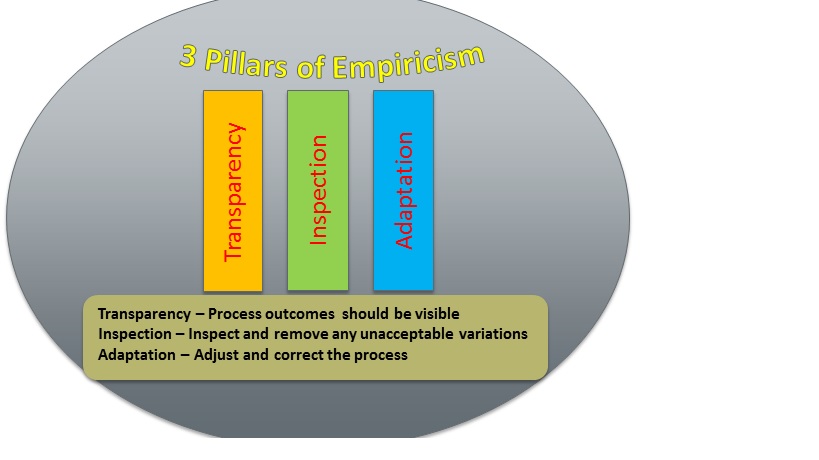I have not met any team or anyone who knows of a team who has done scrum with all roles, artifacts, events, and rules. Given that the scrum guide explicitly says that you must implement all of them to result in Scrum, is or has anyone done Scrum sustained successfully over multiple releases?
From scrumguides.org:
Scrum is free and offered in this Guide. Scrum’s roles, artifacts, events, and rules are immutable and although implementing only parts of Scrum is possible, the result is not Scrum. Scrum exists only in its entirety and functions well as a container for other techniques, methodologies, and practices.



